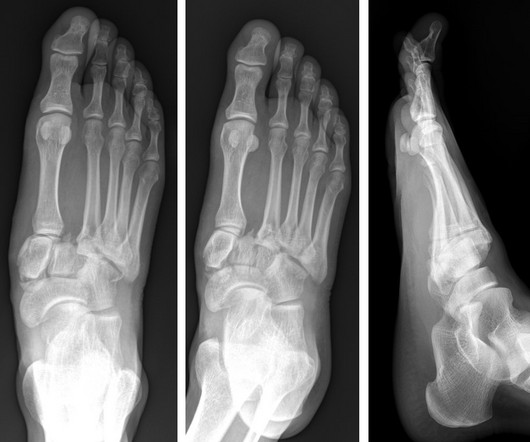Meet the Minnies 2024 semifinal candidates
AuntMinnie
OCTOBER 2, 2024
Image from Fangyi Liu, MD, of the Chinese PLA General Hospital, et al. Scientific Paper of the Year Advanced Practice Provider Procedures Commonly Performed in Interventional Radiology: Medicare Volume Trends From 2010 to 2021. Generative Artificial Intelligence for Chest Radiograph Interpretation in the Emergency Department.












Let's personalize your content